Nikon 1 v3 review: better than Sony or Olympus?
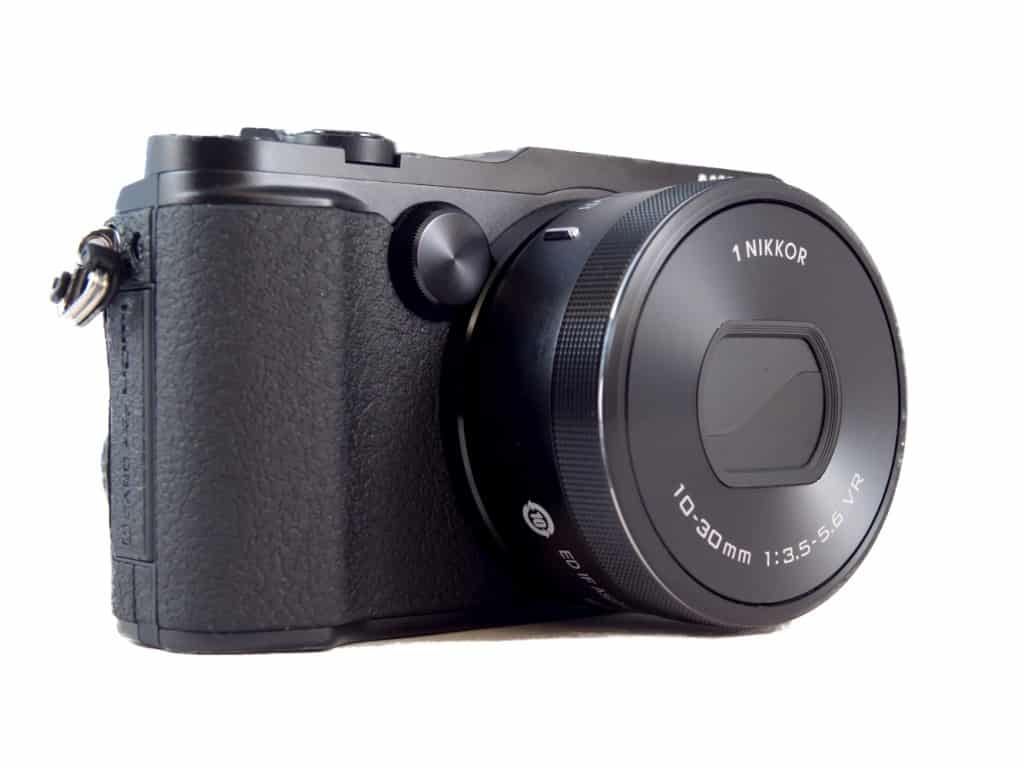
Introduction
When reviewing a camera, I always try to get in the mindset of the design team. So my Nikon 1 v3 review will focus on what I see as a reliable pocket camera with maximum possible image quality. I’ll be comparing the new Nikon to the Olympus micro-four-thirds budget range and the latest Sony A6000 since I’ve used both extensively.
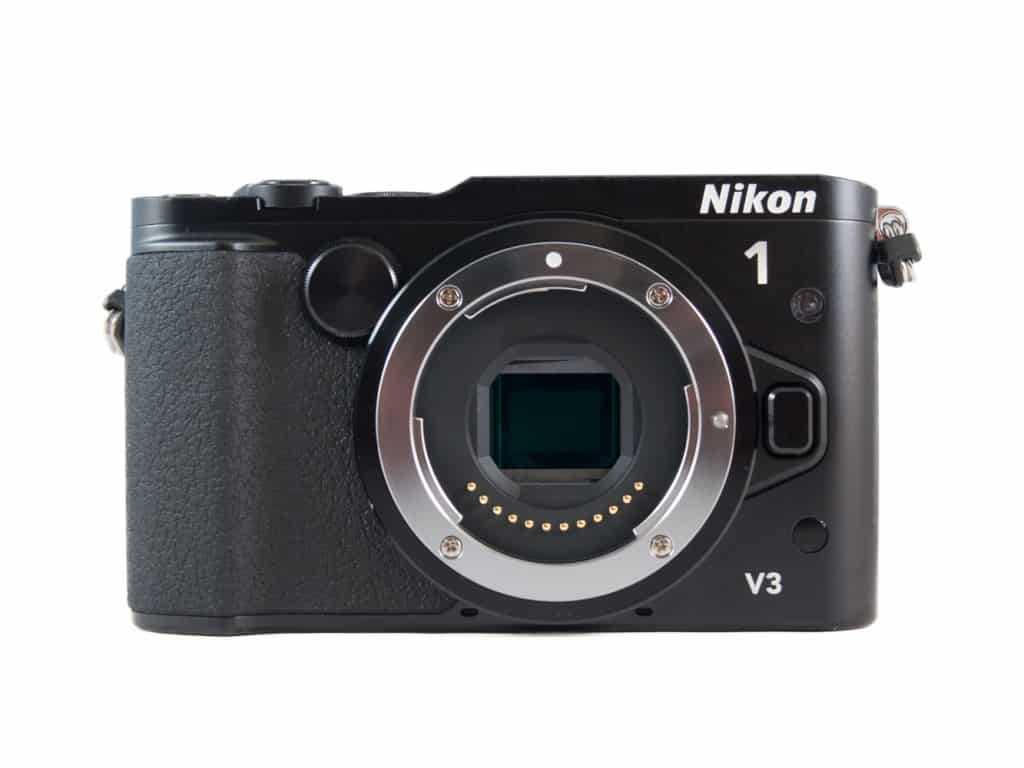
Nikon 1 v3 overview
Nikon went with a 18.4 MP CX-format sensor, size wise between a MFT and a compact camera. A micro-four-thirds or APS-C sensor is without a doubt better, but necessitates a larger lens, resulting in a camera that is a lot bulkier. A compact is by definition a lot smaller, but the noise is a big problem, especially at higher ISO values. So Nikon decided on an optimised 1 inch sensor, striking a balance between camera size and image quality.
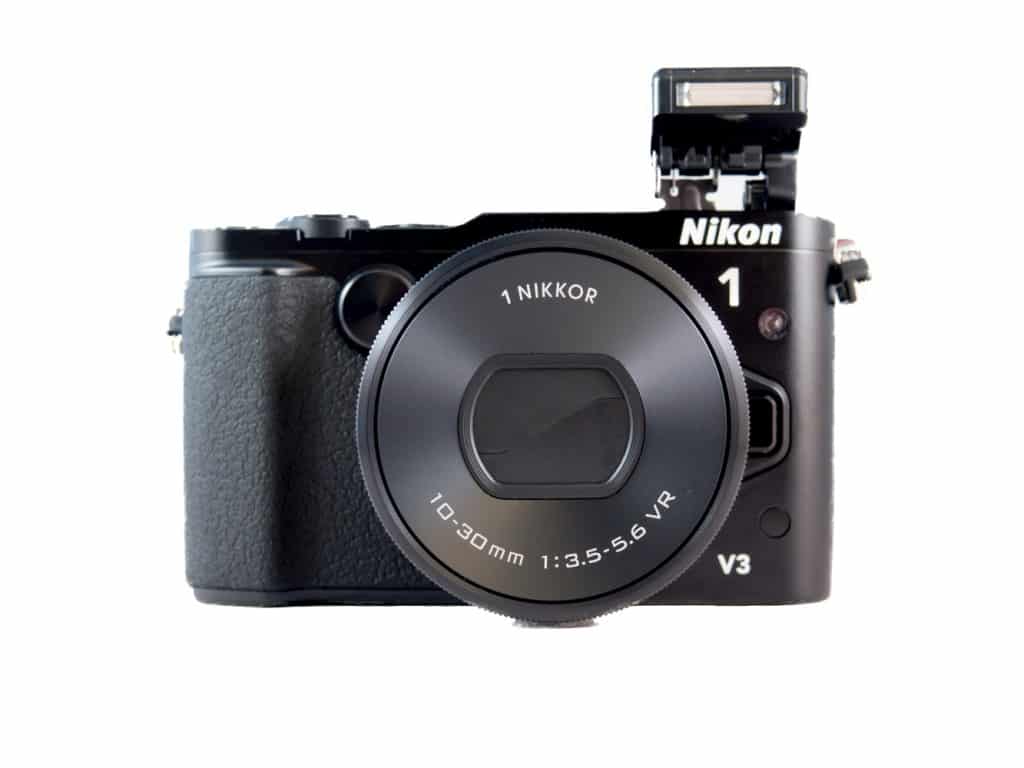
ISO test results
My Nikon 1 v3 ISO tests show that the images are never noise-free but are well under control up to 800 and indeed useable up to 3200. The noise appears to be more like a grain in shadows and colours, and to my eyes at least isn’t bothersome at all.
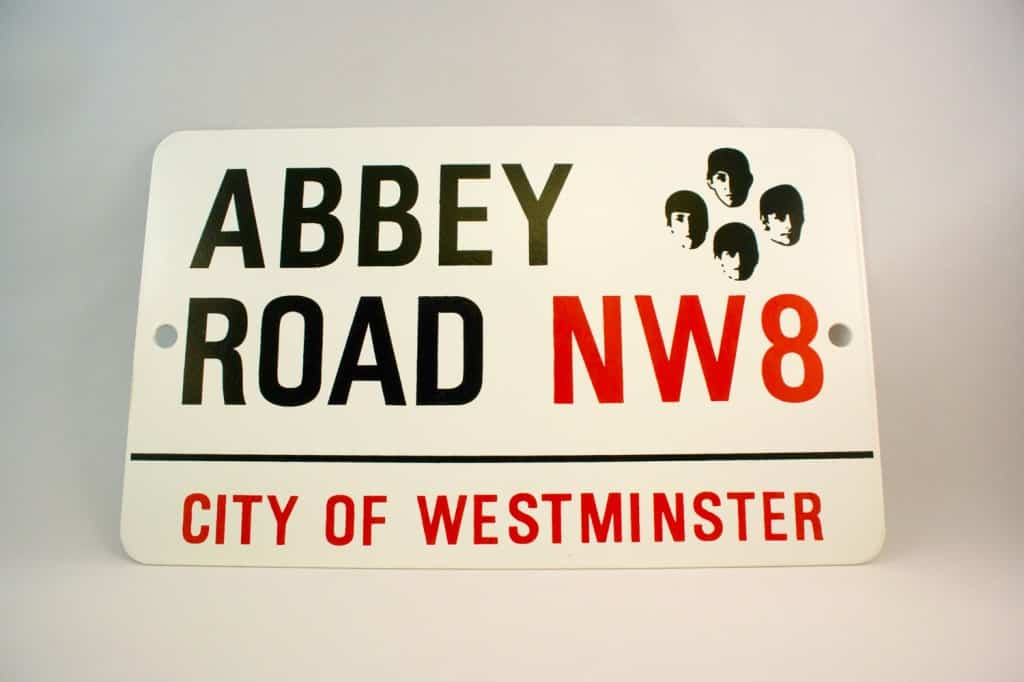
At the lowest possible value of 160, the images seem virtually noise-free in my Nikon 1 v3 iso test, however, when we zoom in, there is already some visible in the blacks and colours. A micro-four-thirds sensor fares better but isn’t quite as pocketable.
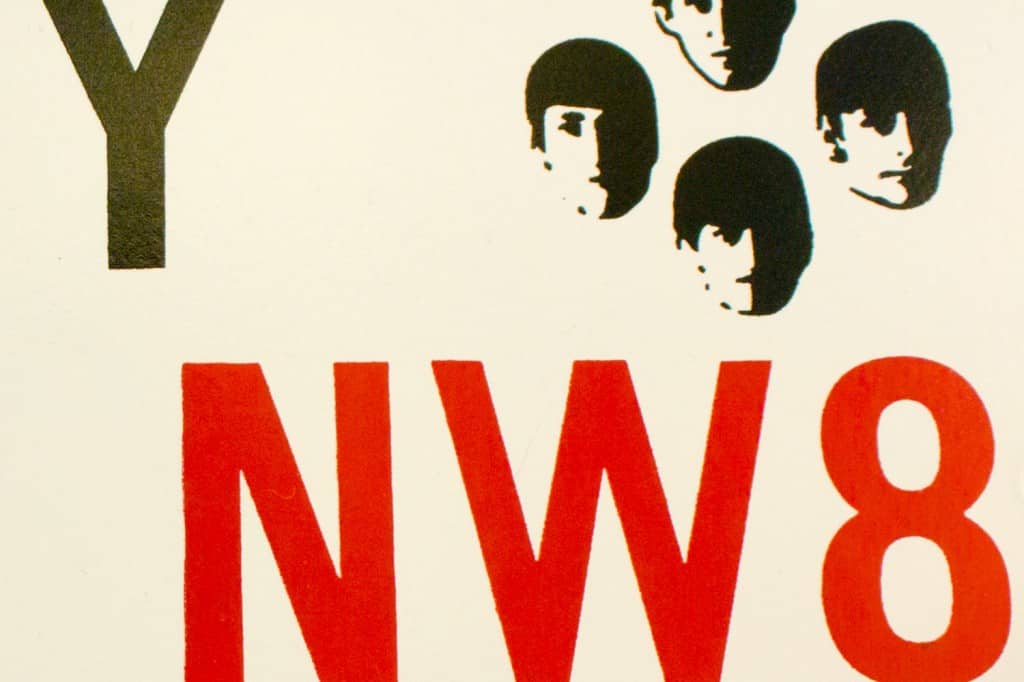
One can’t say it is bothersome or cluttering detail in the image though. I always keep in mind that that many pro photographers add noise to their pictures. And I must say the Nikon 1 v3 is capable of producing arty images, when you’re using it, it just feels right.
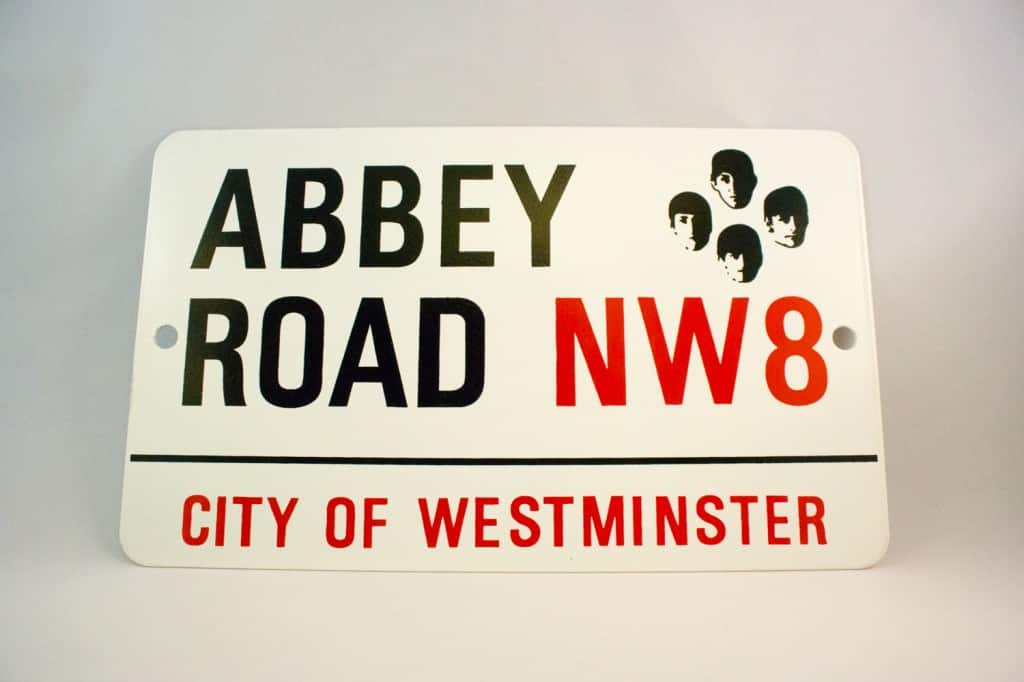
Noise remains more or less stable up to 800 in my Nikon 1 v3 iso test. At that level, noise starts blurring the edges somewhat, and the ISO gods have used their salt and pepper shaker just a little bit.
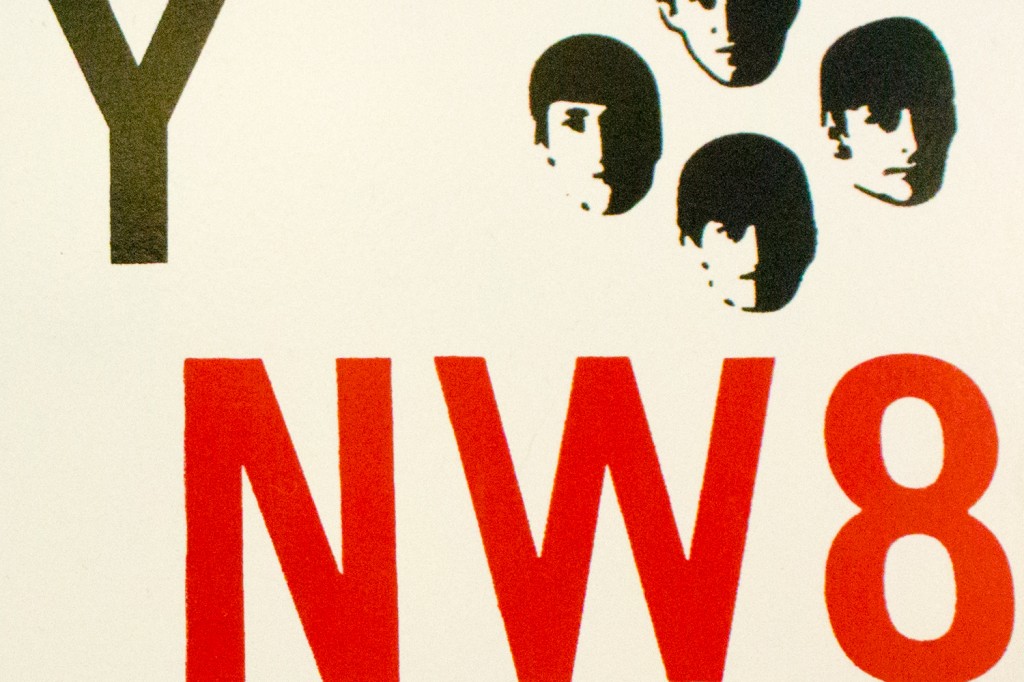
1600 to 3200 is still usable, but I’d suggest some RAW noise reduction since it can’t be described as artistic anymore…
Google Nik’s Dfine 2 would do a great job, I know I always go on about Dfine 2, but it is the best one I’ve tried anyway.
Nikon’s in-camera noise reduction does an excellent job too I must say, this is a jpg at 6400 with NR applied, still looks useable.
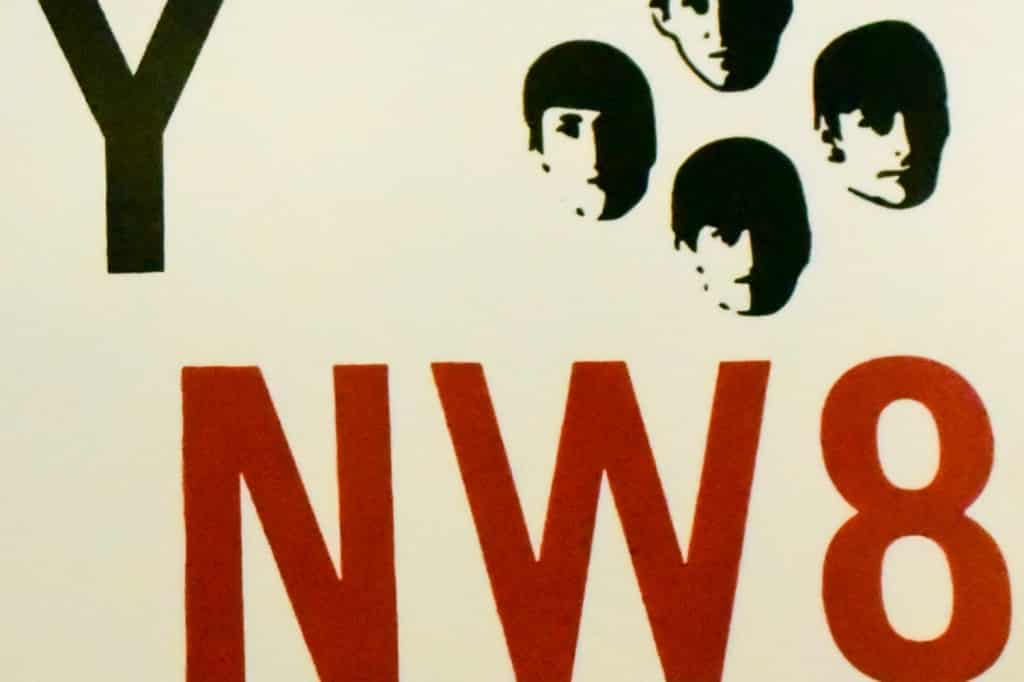
I’ve added a gallery of my Nikon 1 v3 iso test with all values and crops below, so feel free to comment on what you see.
A note on 1 inch sensors not being 1 inch large
Perhaps a bit confusing that a 1 inch sensor does not measure 1 inch, but that is because sensor format sizes names have their roots in the television camera tubes. These were measured in diagonal inches of which the usable image area occupied the inner two-thirds. So, from way back then, there’s a concept called “the rule of 16”, which says that the useable sensor diagonal for a 1 inch tube is 16mm. So, for each “inch” in a sensor format designation, translate that to approximately 16mm of sensor diagonal.
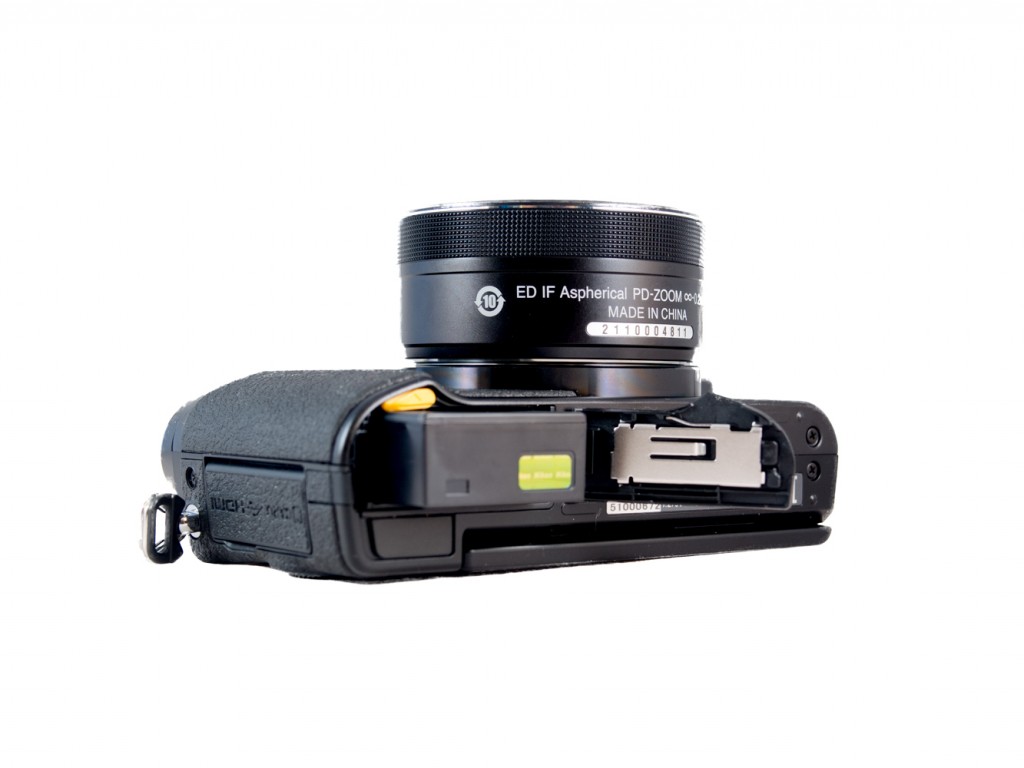
Autofocus
The on-sensor hybrid 171-point contrast and 105-point phase detect autofocus works like a charm. Even in very low light, the Nikon 1 v3 seems to have no problem finding the subject and locking on. Nikon clearly has a lot of experience here, and their superior autofocus system is something that sets them apart from the competition. In this age of benchmarked sensor tests and technical reviews, I prefer a camera that seems limited on paper, but optimised for results, over an everything-is-possible with this camera theoretical where only half works well. 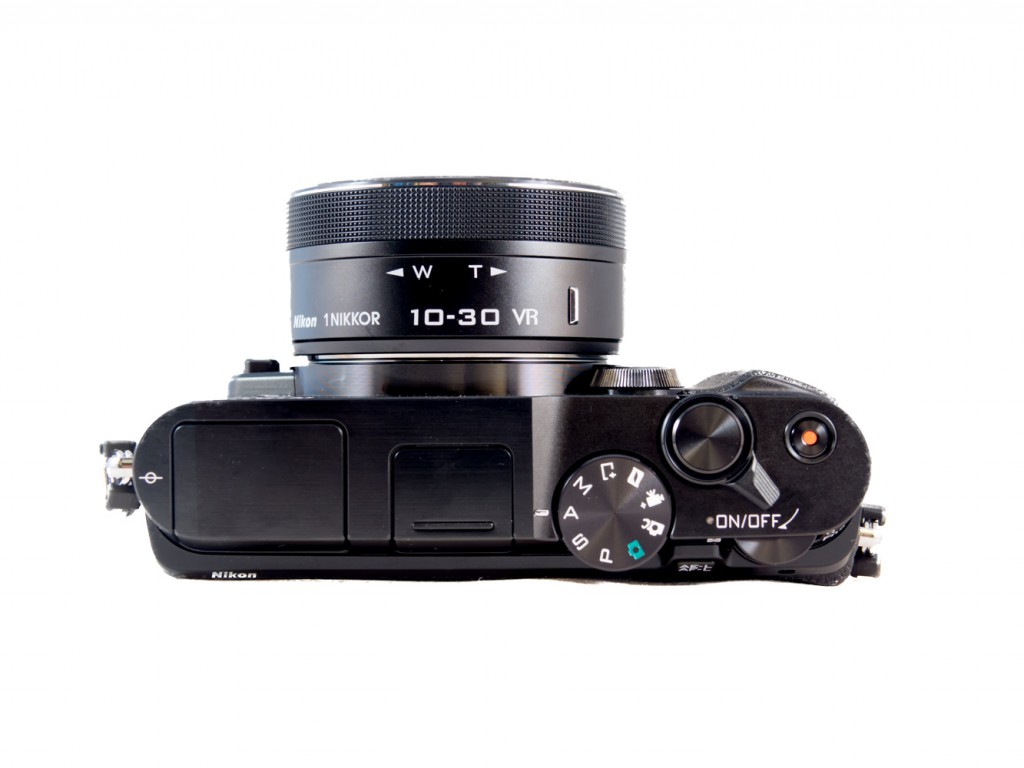
The images captured aren’t always top notch though, especially in low lighting conditions at even moderate ISO values; the quality goes downhill fast. You’ll find high levels of shadow noise and smeared colours, especially after noise reduction. So don’t expect to get the sharpest of images at dusk or night, but at least it will be focussed on what you want. The Olympus MFT does fare better here. The Sony A6000 does not, it even struggles to lock-on in the same conditions.
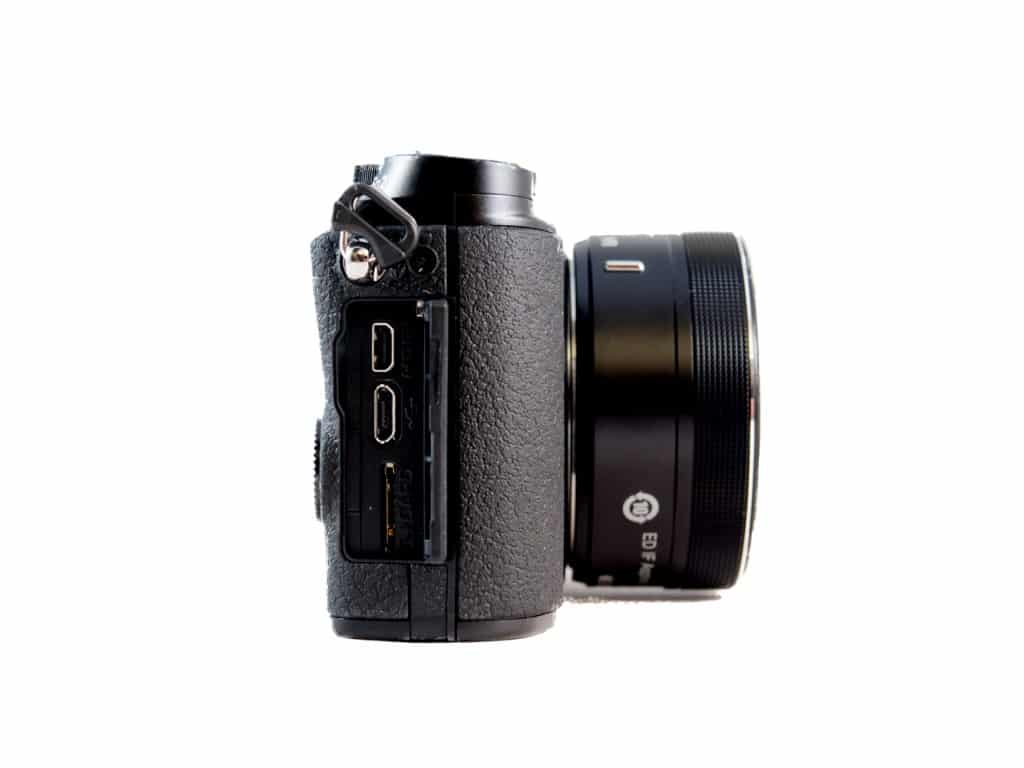
The Nikon 1 v3, although AF locks very fast, does seem to lag a bit between pressing the shutter (or screen) and capturing the image. This luckily does not result in blurred pictures; the AF tracking takes care of that, but it might lead to catching the action just a split second later than intended. 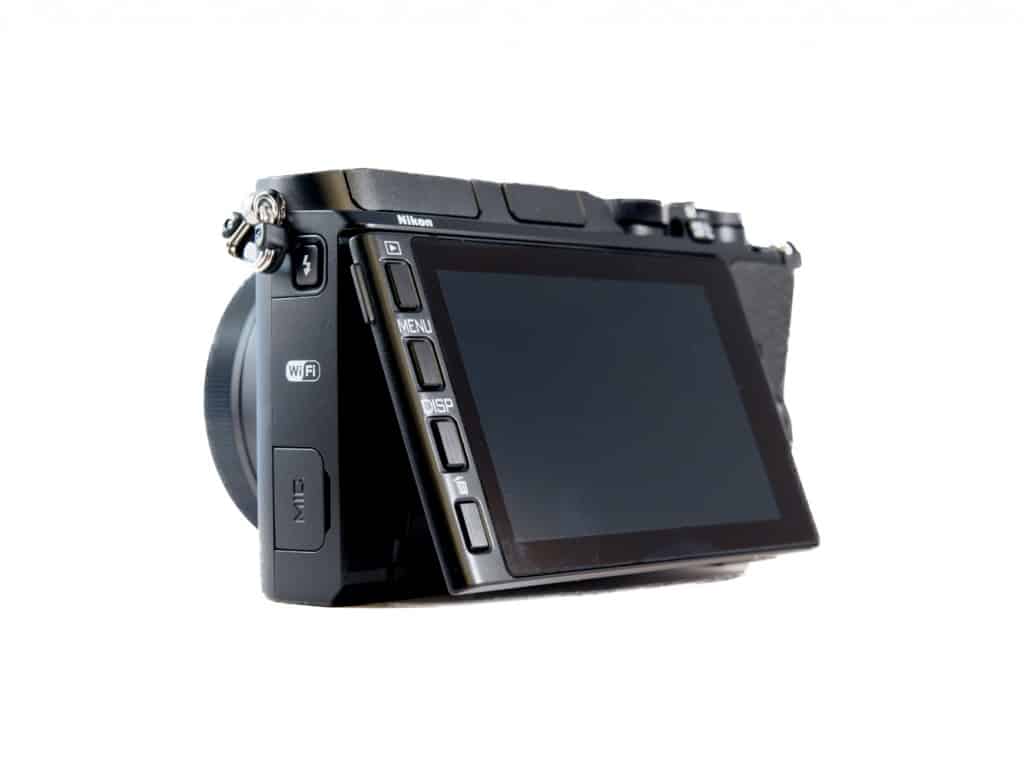
The tillable touch screen is handy, and a real joy to use, giving you a lot more creative freedom than just a shutter button like the Sony A6000 has. I always use a screen protector, since all of these screens scratch easily, and I did struggle sometimes to see the image clearly in bright daylight. That left me automatically going for the viewfinder, but there is no built-in VF, so you’ll have to raid your bank account again if you want to have optimum use of the Nikon 1. Getting expensive huh? It might be a better idea to buy with a Nikon DSLR, with larger sensor, better lenses and longer battery life. But that wouldn’t be as pocketable, is just plain ugly and does not have a touchscreen. Life is all about choices 🙂 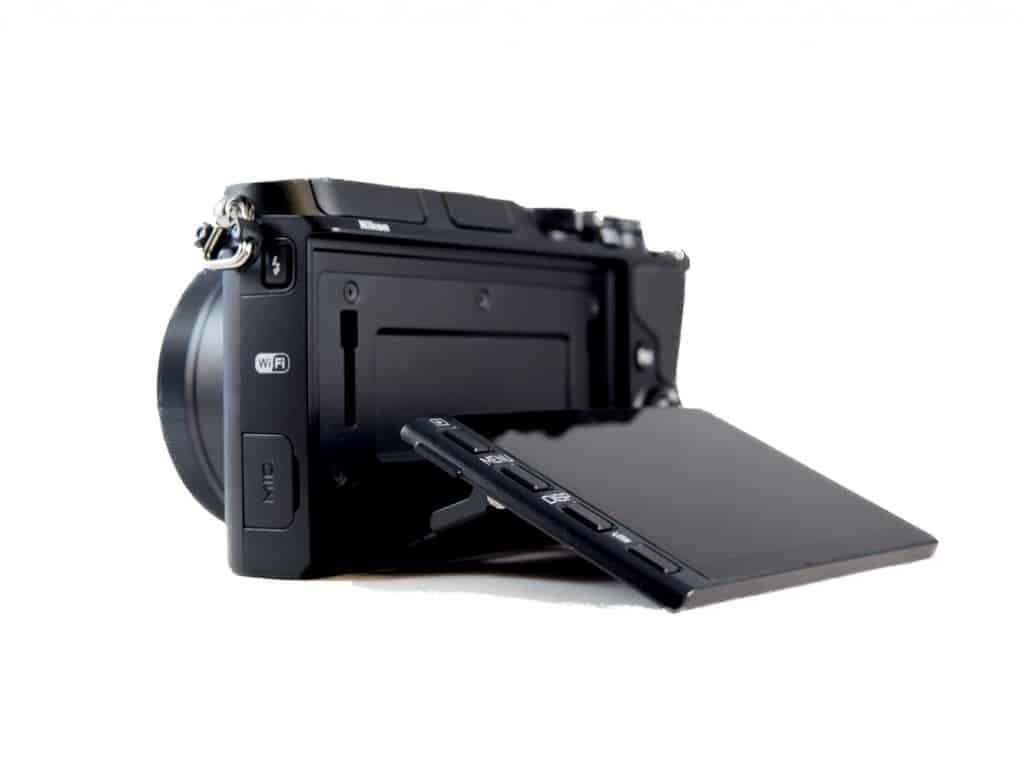
In good light conditions, the Nikon does lend itself well to artistic work. It’s easy to frame your image right, and the sensor captures the light well. Especially keeping in mind that is is a 1 inch sensor. I like this camera because, although it does have the best specs on paper, you won’t be disappointed with its performance. Provided you have realistic expectations of the limited sensor. And the design team seem to have optimised every aspect of this camera, something I applaud in a more and more rush-to-market business. 
Now let’s talk about the price. The Nikon 1 v3 kit lens might look expensive on paper, but you do get a nice 10-30mm lens with it. When we look at the current competition in this range, Olympus kit lenses are only good for use as a book stand in my opinion. And while the Sony 16-50 mm will keep you satisfied for a while, you’ll soon be aching for a better quality lens. So Nikon opted to couple the 1 with a decent lens that you’ll keep using in the future. Perhaps a smart move for smart buyers.
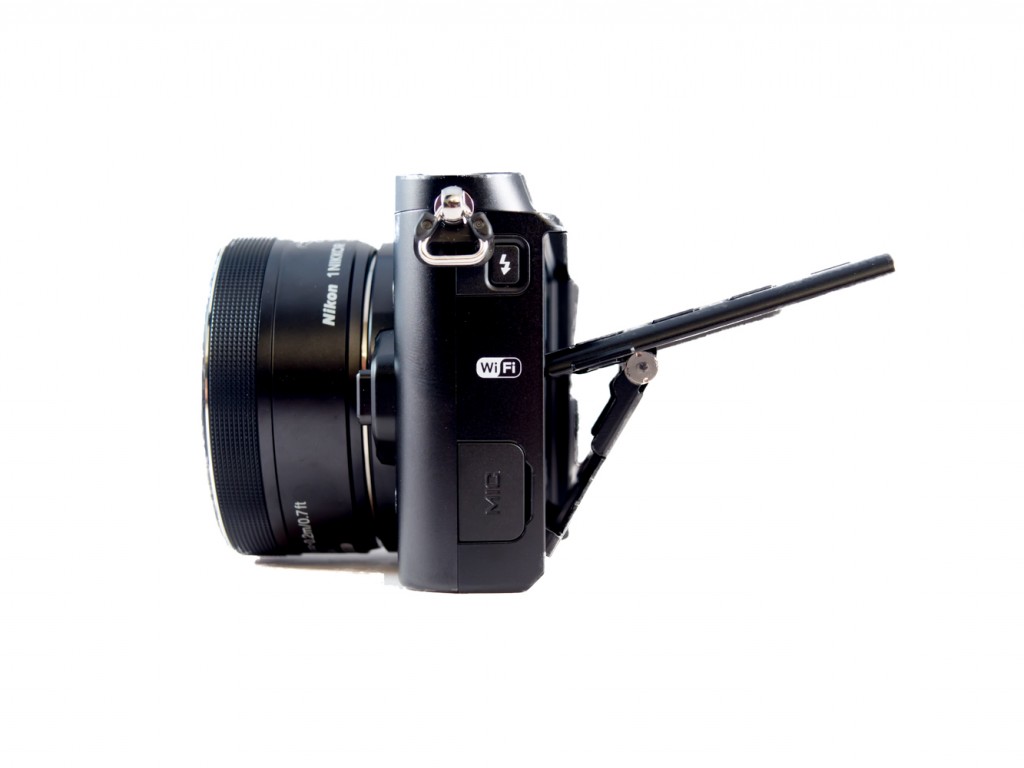
So, as I mentioned earlier, life is all about choices. Do You want a pocketable camera? Do you need a touch screen? Do you want a viewfinder? Do you want a useable kit lens? How large do you want to print? Do I shoot RAW? Do you want fast AF… I’d think about that first before deciding what you are going to buy, don’t just look at DXO scores.
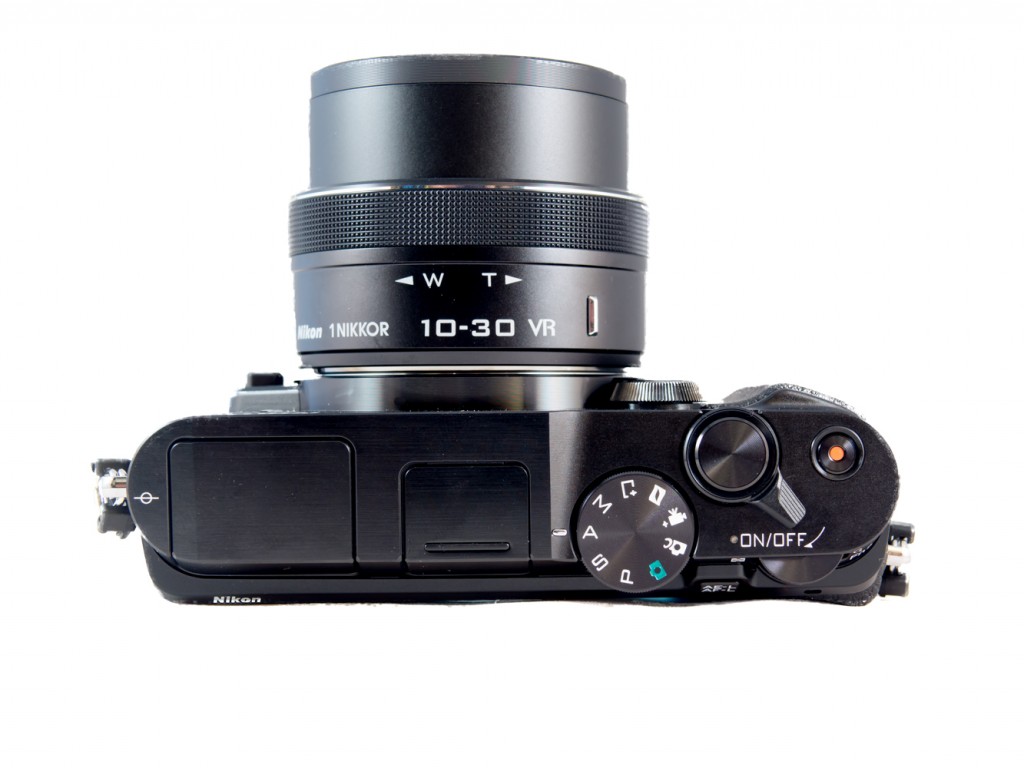
Conclusion
There is, unfortunately, no clear winner between these three cameras; each has its own merits and faults. I would decide on buying the Nikon 1 v3 if you need a reliable, very pocketable camera with decent jpg image quality. It’s a very well-designed camera, both internally and externally . I’d say indeed a few steps above a plain family snapshot shooter, but keep in mind that the CX-format sensor is not as good as the micro-four-thirds in the Oly E-P5 (review here) or not even comparable to the APS-C sensor in the A6000 (review here).

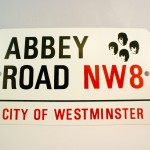

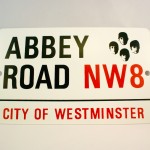

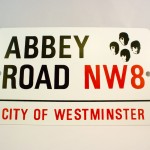

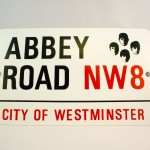

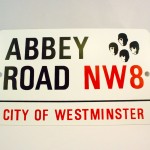
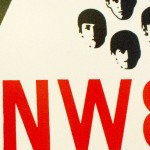
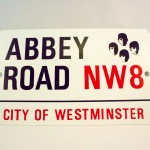
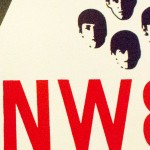
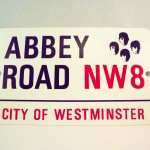

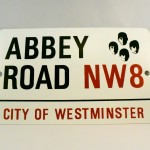

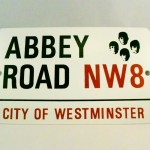

Leave a Reply